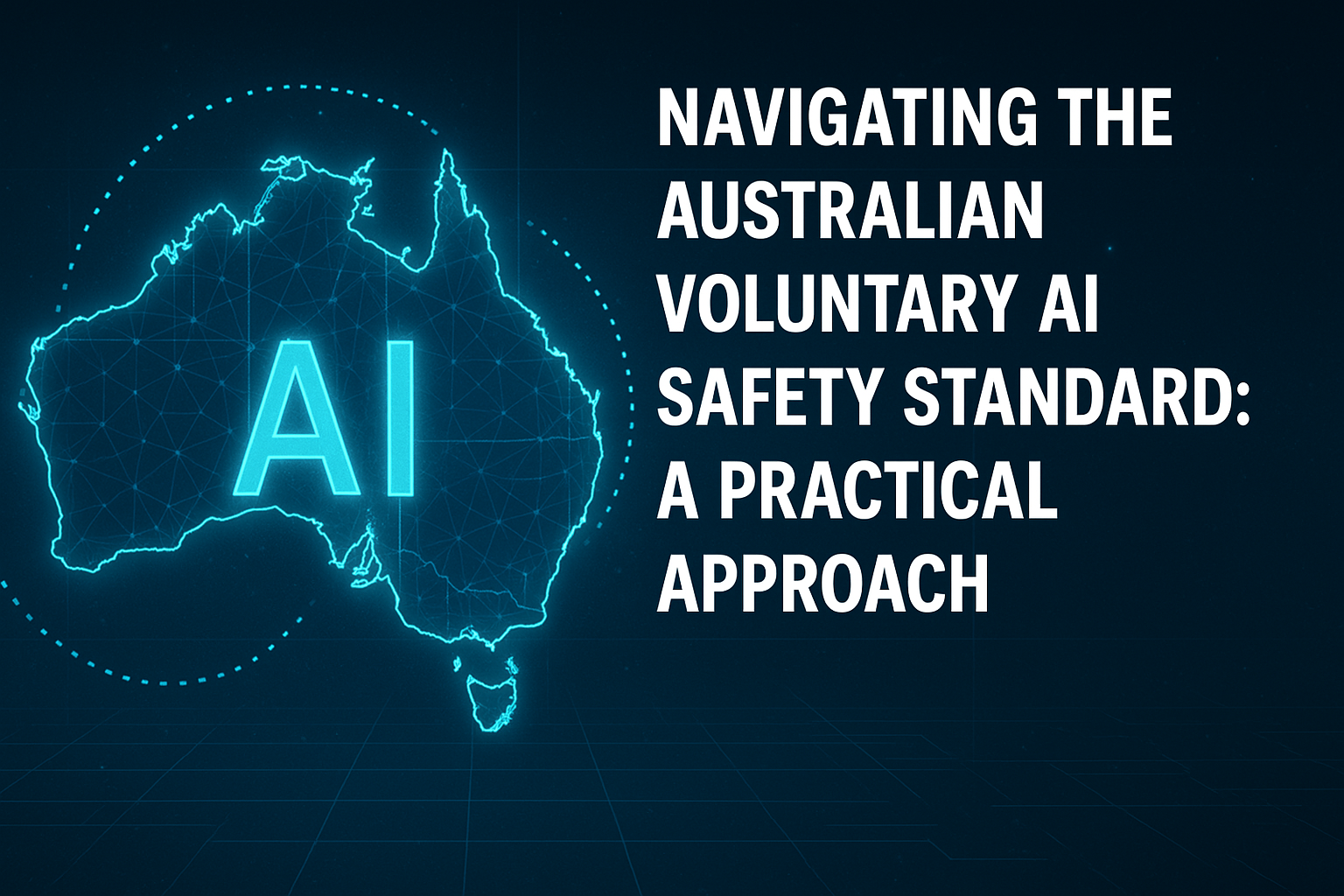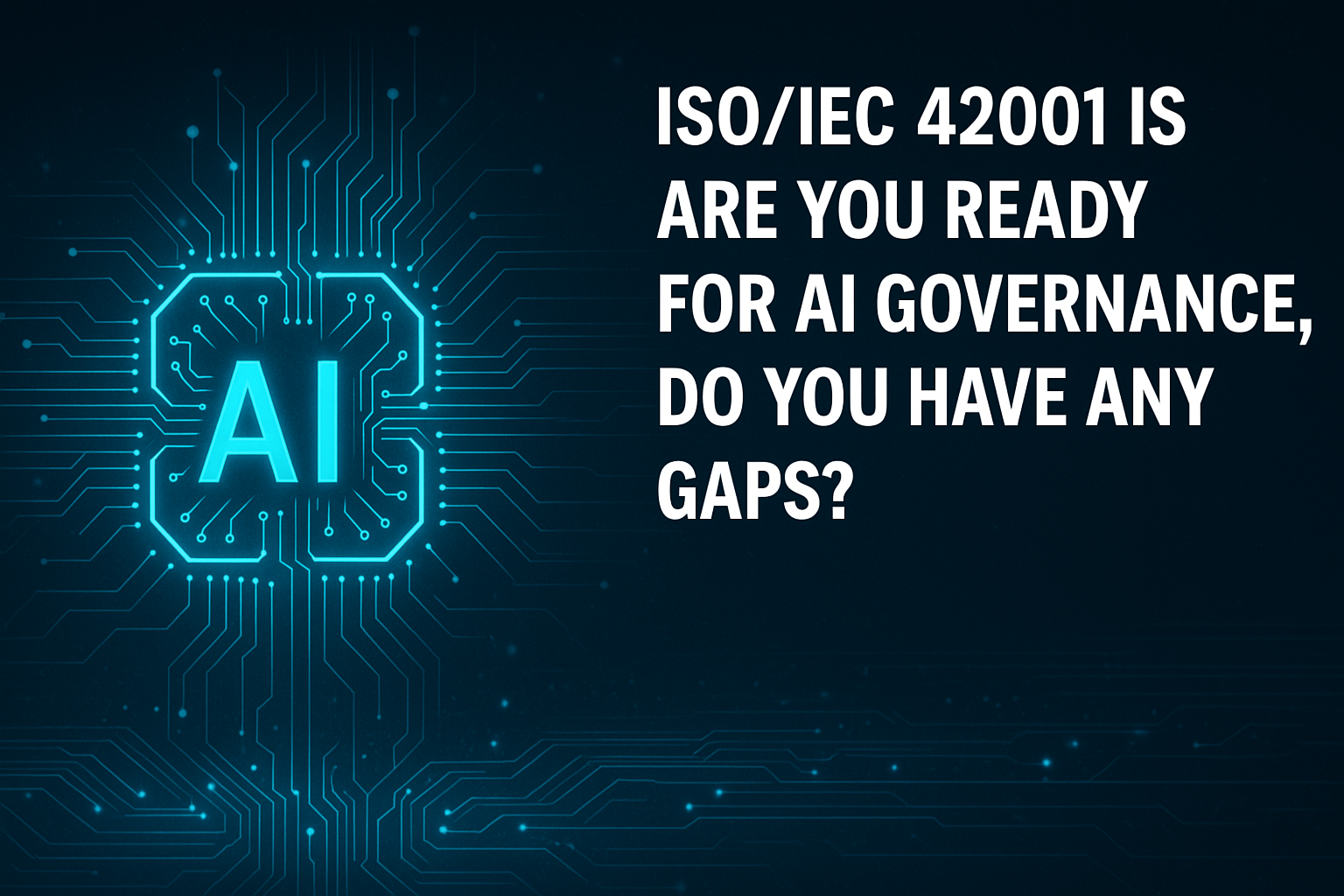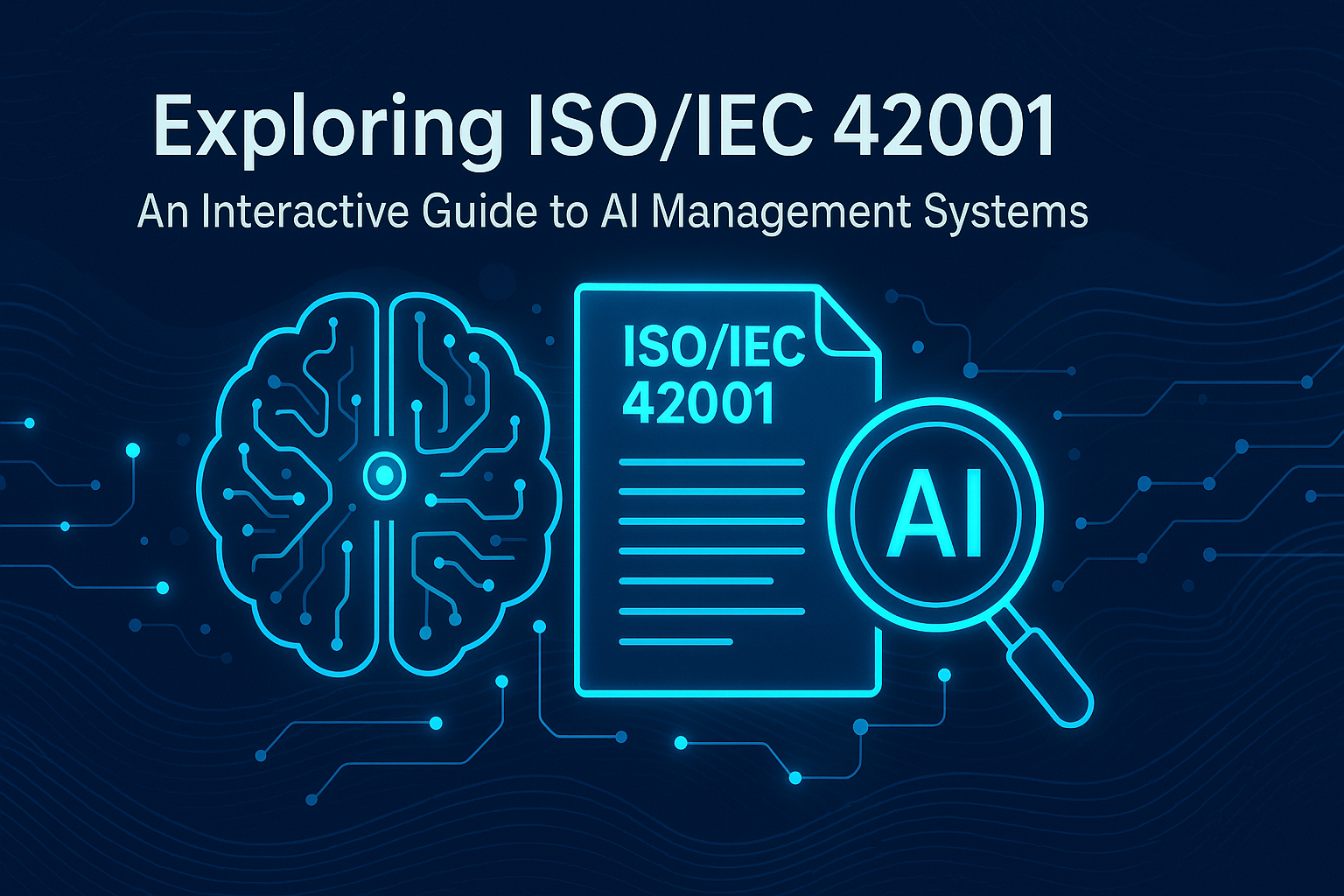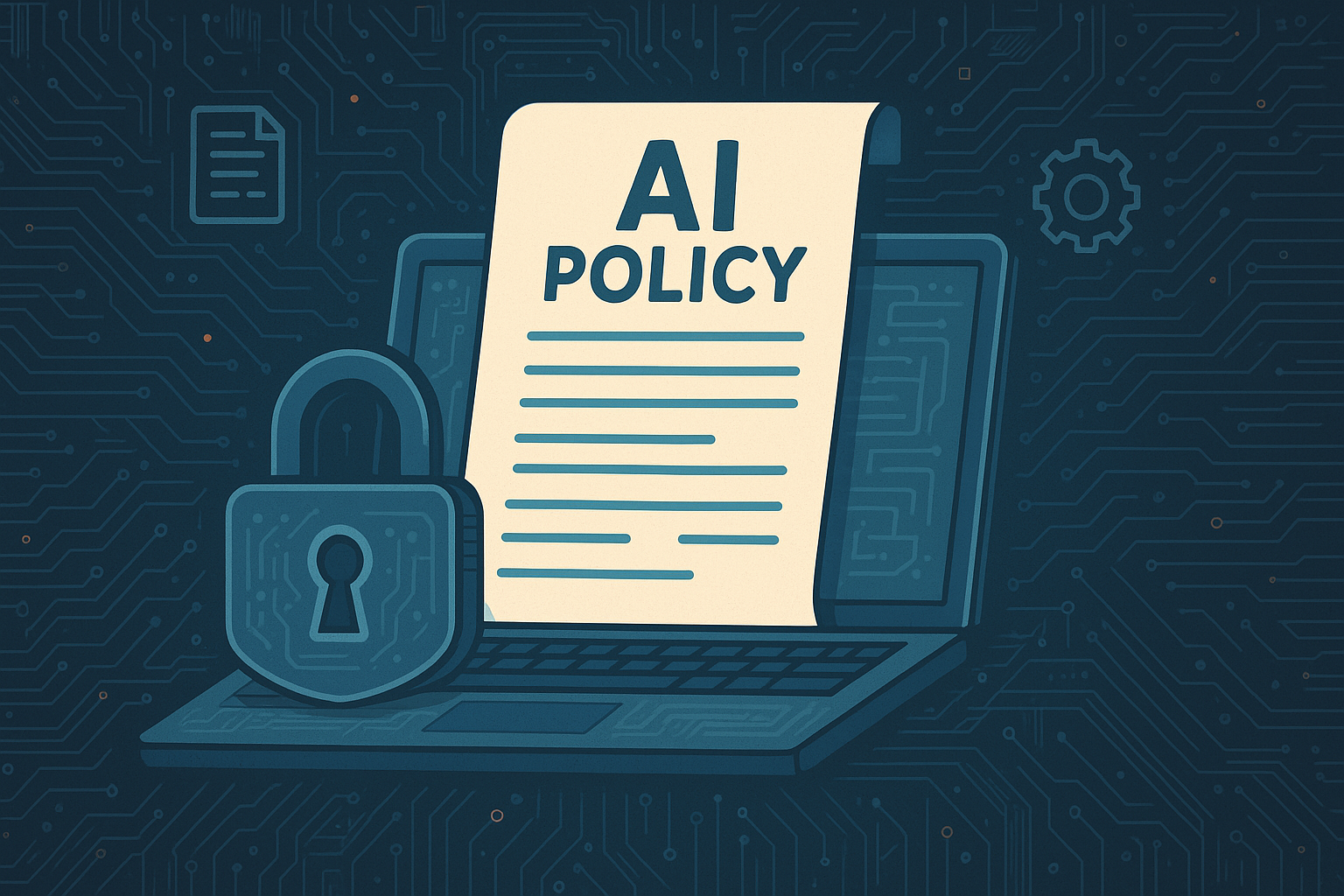Navigating the Australian Voluntary AI Safety Standard, A Practical Approach

🚀 Navigating the Australian Voluntary AI Safety Standard: A Practical Approach
As artificial intelligence becomes increasingly embedded in Australian business operations, understanding how to implement safe and responsible AI practices is no longer optional—it's essential. The recent release of the Australian Voluntary AI Safety Standard marks a significant step toward establishing consistent practices for organisations adopting AI.
Introducing our free Gap Assessment template
Explore our Australian Voluntary AI Safety Standard Gap Assessment Template →






Comments (0)
Be the first to comment